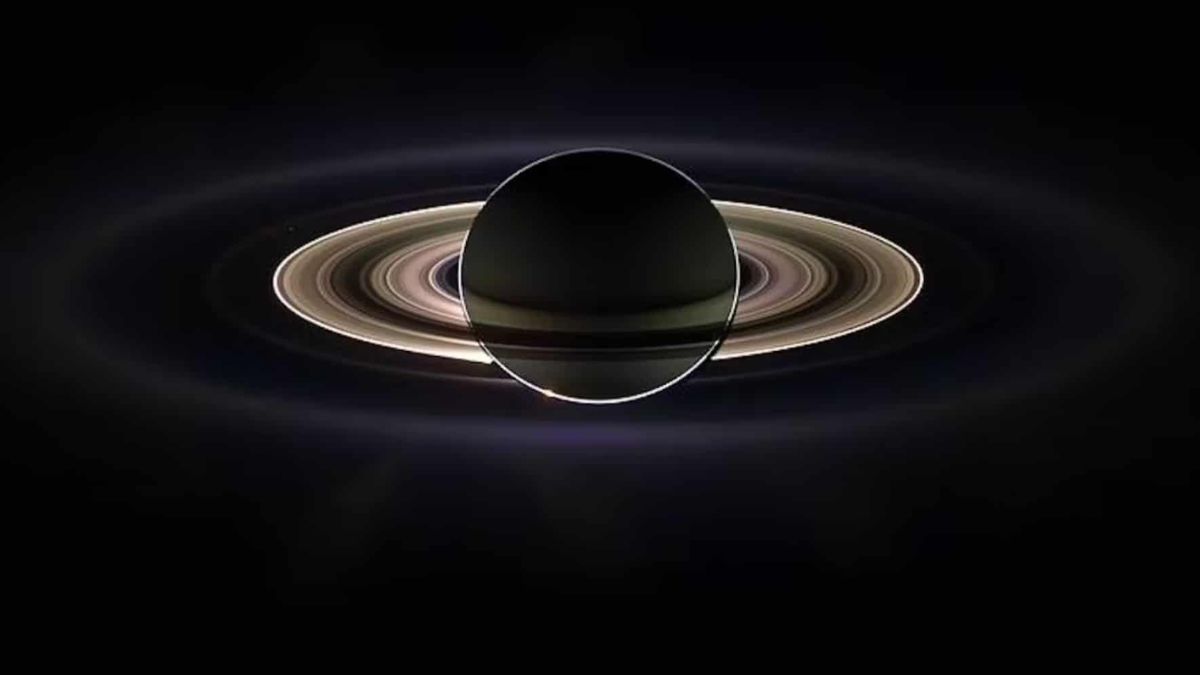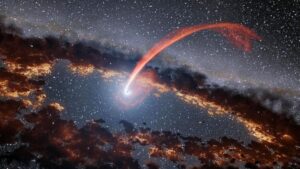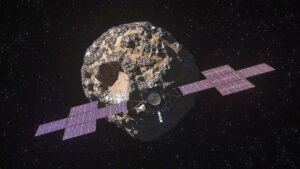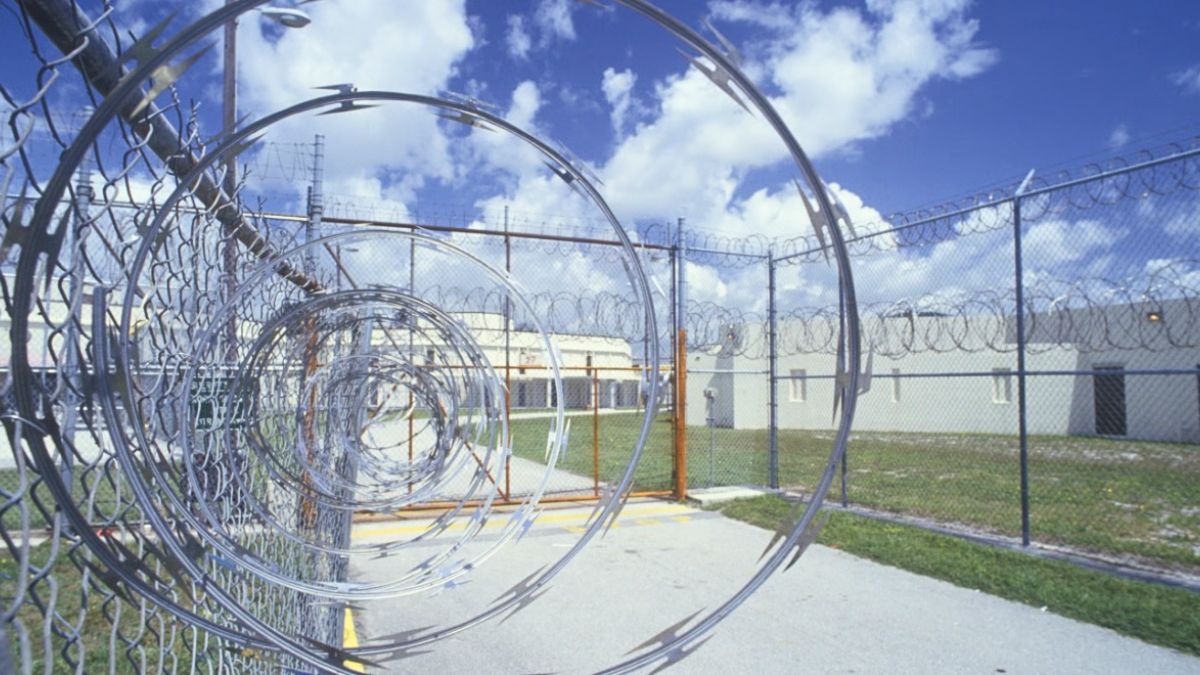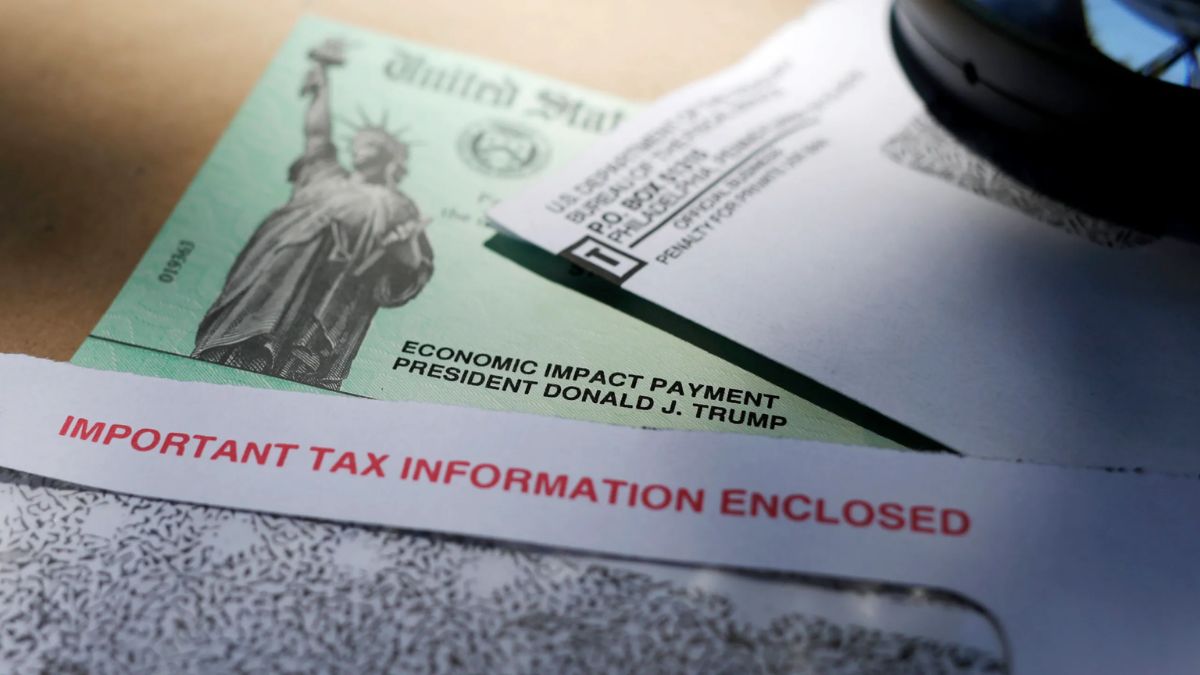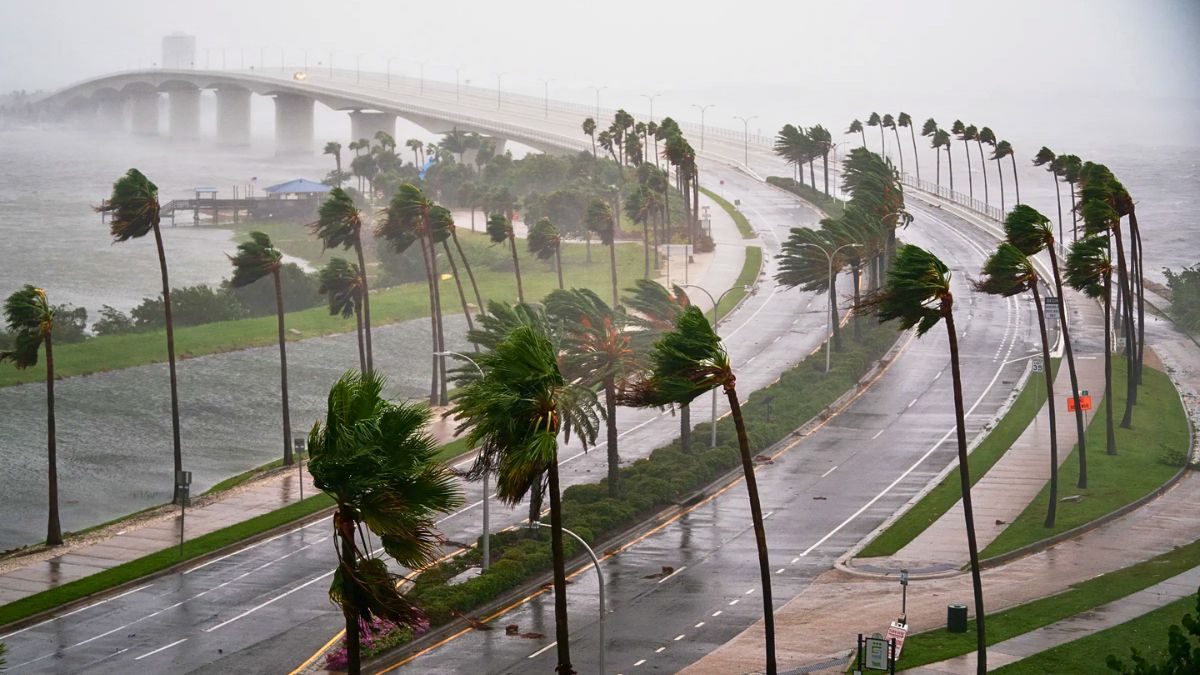For the first time ever, something unusual was recorded happening on the surface of Saturn—a sudden, bright flash of light. The planet, known for its calm atmosphere and stunning rings, has never shown such a phenomenon before. What’s even more fascinating is that this moment wasn’t caught by a million-dollar telescope or an orbiting satellite. It was recorded by a volunteer astronomer from Earth with a backyard telescope. And now, the world’s scientists are taking notice.
Flash
It all happened on July 5, just after 9:00 a.m. UTC. Saturn, one of the most peaceful and majestic planets in our solar system, suddenly lit up for just a few seconds. This wasn’t a flare from its rings or a glitch in the video—it was a real, bright flash right on the planet’s surface.
But it wasn’t seen live by any observatory or major telescope. Instead, it was recorded by an amateur astronomer named Mario Rana.
Volunteer
Mario is a volunteer for NASA and a participant in a program called DeTeCt. This project brings together people who observe planets and share any strange findings. On that day, Mario happened to be filming Saturn with his personal telescope when he caught something odd—a quick burst of light that didn’t belong there.
He probably didn’t know at the time, but that clip would spark global interest. It might be the first time an impact on Saturn has ever been recorded.
Impact
So what was the light? The leading theory is that a meteoroid or some other space object slammed into Saturn’s atmosphere. Unlike Earth or the Moon, Saturn doesn’t have a solid surface. It’s a gas giant mostly made up of hydrogen and helium. So if something hits it, there’s no crater left behind—just a flash, then it’s gone.
These impacts are believed to happen about seven or eight times a year, but until now, no one had caught one on video. That’s what makes this moment so important.
Questions
Even though Mario’s video is incredible, it’s not enough to confirm the event without a doubt. Scientists need more evidence. That flash could have been something else—a glitch in the camera, a cosmic ray, or just a strange signal from space.
That’s why researchers are now asking for help. They’re looking for anyone else who might have been filming or observing Saturn at the same time Mario was. If more footage turns up, they could compare videos and confirm whether it was really an object slamming into the planet.
Moment
This might go down in history not just because of the discovery itself, but because of who made it. Mario isn’t a scientist working in a lab. He’s a regular person who loves space, using his telescope from home. And now his observation has caught the attention of professionals all over the world.
It’s a reminder that big discoveries can come from small places—and that the universe still has plenty of surprises left for anyone watching.
So next time you look at Saturn through a telescope or even just up at the night sky, remember: someone just like you recorded something that’s never been seen before.
FAQs
Who recorded the Saturn flash?
A volunteer astronomer named Mario Rana caught it on video.
What caused the bright light on Saturn?
It may have been a meteoroid hitting the planet’s atmosphere.
Why didn’t telescopes see it?
The flash was brief and only caught by chance.
Can Saturn be hit by objects?
Yes, small objects likely hit it several times a year.
Is it confirmed as an impact?
Not yet—scientists need more footage to verify it.

